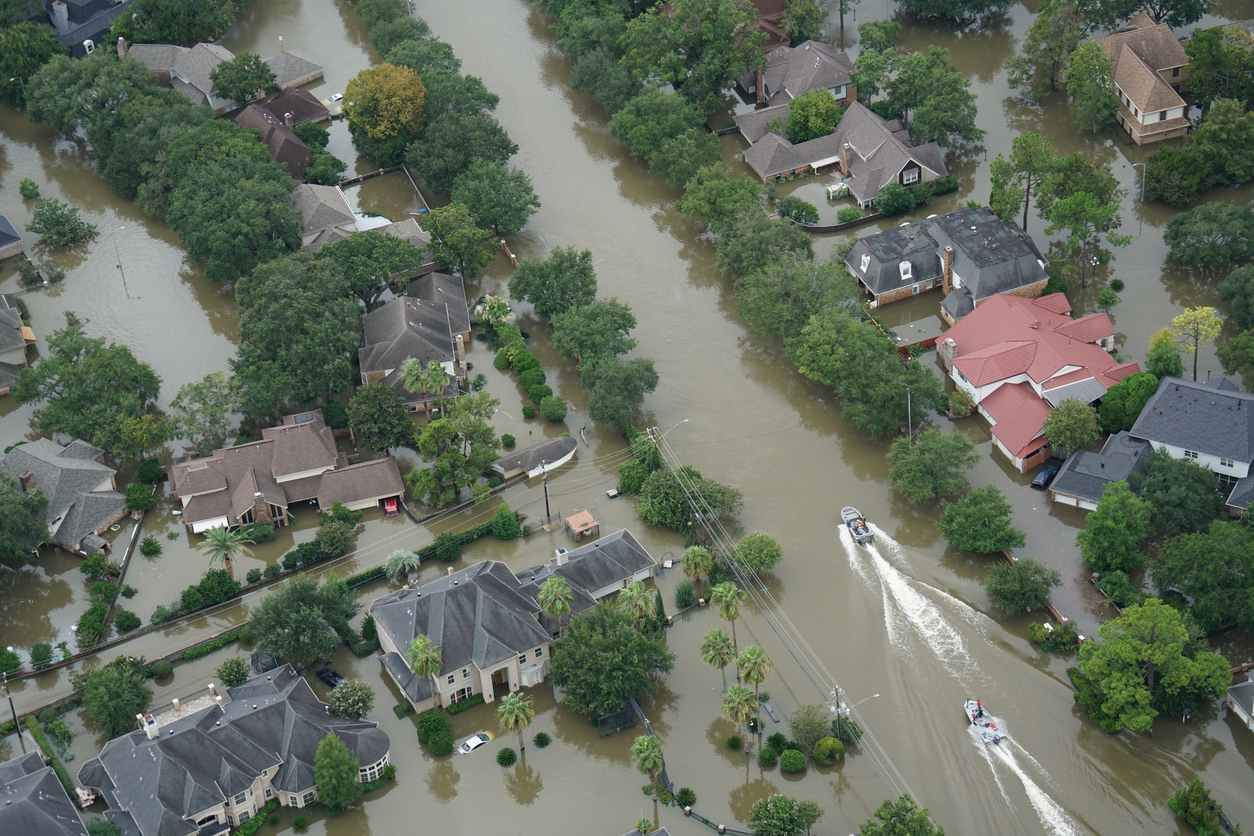However, according to a FEMA report obtained by The Associated Press under the Freedom of Information Act, the agency estimates that one million fewer Americans will purchase flood insurance by the end of the decade, putting a significant number of people at risk of catastrophic financial loss.
As climate change increases flood risk in many parts of the country, FEMA has updated its flood insurance program to reflect risk more accurately while also making the program more solvent. It's in response, in part, to criticism that taxpayers were footing the bill for large payouts when coastal mansions in high-risk areas flooded.
However, nine senators from both parties expressed "serious concerns" about the new pricing system in a letter last September, after learning that the agency's internal figures predicted a 20% drop in policies. The following month, FEMA told the AP that the figures were "misleading" and "taken out of context," and that there is "no study or report to share" on how many people will be insured.
However, the agency painted a different picture at the end of the year when it sent a report to the Treasury Secretary and a few congressional leaders claiming that higher prices would result in a drop of 1 million policies compared to the start of the decade.
According to Chad Berginnis, executive director of the Association of State Floodplain Managers, the issue of how many people are uninsured for flooding is critical.
"We're talking about the basic economic health of not only our households and businesses, but our communities as a whole," he said, if fewer people buy flood insurance.
When many private insurers stopped offering policies in high-risk areas, the federal flood insurance program was established. It is in the red because it pays out more claims than it collects in premiums. The update, officially known as Risk Rating 2.0, makes it more expensive to develop in flood-prone areas by more accurately setting rates, shifting disaster risks to those homeowners.
Risk Rating 2.0 will take into account a property's unique flood risk, such as its proximity to water and cost to rebuild. The old system was primarily based on a home's elevation and whether it was located in a designated flood zone. The majority of policyholders' rates will now rise. However, for the first time, nearly a quarter of policyholders will see their premiums decrease. In October, buyers of new policies began to notice the new prices.
FEMA dismissed the AP report as a pessimistic projection aimed at forecasting finances rather than insurance participation. The agency stated that it has not conducted any direct research into how many people will purchase flood insurance.
"There are a variety of reasons that growth could occur over time," said David Maurstad, a senior executive with the National Flood Insurance Program, adding that an enrollment analysis should take into account the agency's marketing efforts, the program's clear messaging of flood risk, price decreases, and other factors.
However, critics such as Sen. Bob Menendez, D-N.J., said affordability is a concern, and FEMA failed to disclose the impact of the higher costs.
"This report demonstrates unequivocally that FEMA failed to be transparent with policyholders, Congress, and, ultimately, the American people," Menendez said in a statement. Details should not have required a records request, he claims.
Francisca Acua, a climate and community activist in Austin, Texas, found it difficult to believe when she was given a new quote.
"I'm like, 'no, you're making a mistake,'" she explained.
Acua was previously paying $446 per year. Rating of Risk
She was quoted $1,893 for 2.0. Large rate increases are uncommon. Increases are generally limited to 18 percent per year, but because Acua had let her policy lapse due to other obligations, she was required to pay the full amount right away.
"There is no way, no how I can afford it," Acua stated.
When informed of Acua's situation, Maurstad stated that the rates reflect actual risk. It's unfortunate when people face large increases, but ensuring the program's financial health and accurate rates is "good public policy," he says.
According to Jim Rollo, a New York-based insurance agent, some buyer attitudes are changing. Some people appear to be more skeptical of previously flooded properties with higher premiums. Others "roll the dice," foregoing expensive insurance if it is not required.
"We're writing fewer policies than we used to," Rollo explained.
According to Joel Scata, an attorney with the Natural Resources Defense Council, Congress should establish an insurance affordability program and fund efforts to improve flood protections.
However, Maurstad stated that FEMA's mission differs from that of the private sector. FEMA must assist people "before, during, and after" disasters, as well as charge risk-based and financially sound premiums.
"We are charged with certain responsibilities. Again, because we are a government program, the number of policies sold is not one of them," he explained.
Nonetheless, the agency report predicts that, even with higher revenue, the program will continue to sink deeper into debt.













